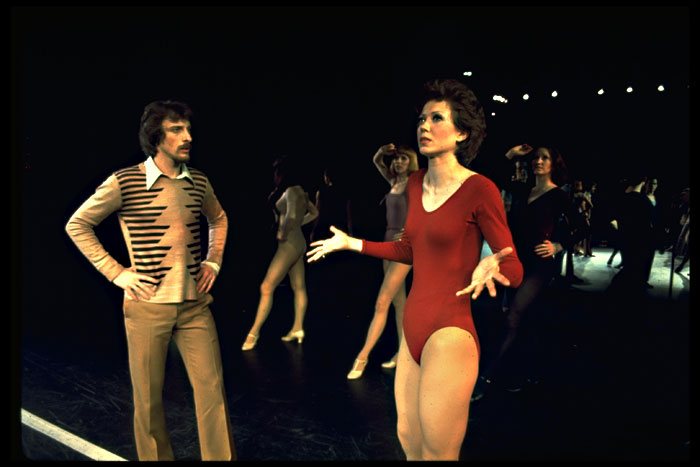
This paper is going to investigate the various forms and functions of Atwood's poetic insertions into her narrative text. Further interludes have them take on singular roles in, variously, a courtroom drama and an anthropology lecture. Both ancient Greek chorus and modern musical number, these lyrical interludes employ a range of poetic genres, from nursery rhyme to sea shanty to ballad and idyll, thus giving the maids voice as a collective. While the main narrative-a retelling of Homer's Odyssey by Penelope-comes along as a straightforward narrative in the vein of Christa Wolf's Kassandra, Atwood intersperses Penelope's tale with lyrical segments, giving voice to the twelve maids killed by Telemachus on Odysseus' return to Ithaca.

In her novel, Atwood artfully employs a mix of narrative, poetic and dramatic styles. The true story lies / among the other stories, / The true story is vicious / and multiple and untrue / Don't ever / ask for the true story." This poem might very well serve as a motto for Margaret Atwood's novel The Penelopiad, which features many stories, both "vicious" and "multiple" and also "untrue." The Penelopiad (2005) could be described as an attempt to depict one such "true story" lying "among the other stories," in more ways than one, not just the story as seen by one character and seen by another character, but also the story as told in prose and in verse. "Don't ask for the true story," the speaker of Margaret Atwood's 1981 poem "True Stories" implores "why do you need it? / It's not what I set out with / or what I carry. They may furthermore serve as a pointer, an invitation extended to the reader to go in search of silenced voices haunting other texts of the Western literary canon. I will argue that the interludes serve as a performative enactment of the silenced female voices of the Odyssey.

This paper is going to investigate the various forms and functions of Atwood’s poetic insertions into her narrative text. Both Ancient Greek chorus and modern musical number, these lyrical interludes employ a range of poetic genres, from nursery rhyme to sea shanty to ballad and idyll, thus giving the maids voice as a collective.

While the main narrative – a retelling of Homer’s Odyssey by his wife Penelope – comes along as a straightforward narrative in the vein of Christa Wolf’s Kassandra, Atwood intersperses Penelope’s tale with lyrical segments, giving voice to the twelve maids killed by Telemachus on Odysseus’ return to Ithaca. In her novel The Penelopiad, Margaret Atwood artfully employs a mix of narrative, poetic, and dramatic styles.


 0 kommentar(er)
0 kommentar(er)
